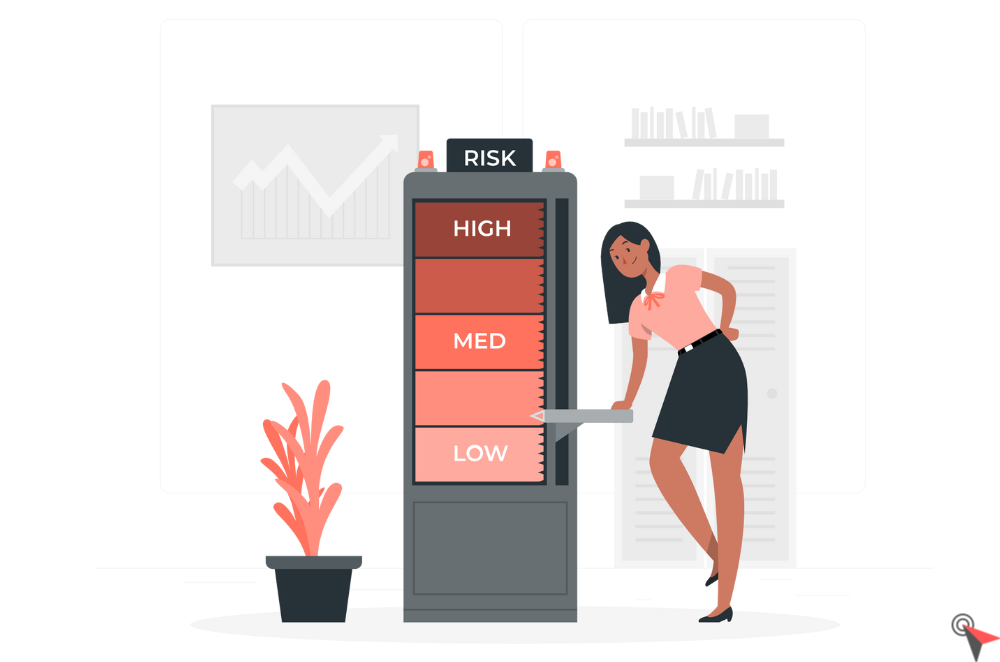Risk Management: 5 Steps to Manage your Project Risk
November 16, 2022


Don’t neglect risk management: you need to control potential hazards to achieve your project objectives.
By definition, a risk is a possible danger, more or less foreseeable, inherent in a situation or an activity.
In project management, zero risk does not exist. It is very likely that your project will not go according to plan. The idea is therefore to anticipate and limit as much as possible the risks that could arise in an attempt to reduce their impact on the smooth running of the project.
From the start of the project, you must set up risk management: look for the weak points of your project, think about actions to prevent risks and consider the solutions to be provided if they occur. Thus prepared, you will avoid being destabilized when unforeseen events occur.
It is impossible to foresee all the risks, this is what gives a little adventurous side to project management. However, a rigorous risk analysis is a good way to guarantee the success of your project.
Risks are part of the essential information that a project manager must know about his project. From the start of the project, you must draw up the most exhaustive list possible of all the events that generate risks. To do this, gather your team and brainstorm to list all the possible dangers .
There are different types of risk:
Consulting the archives of similar projects, whether they succeeded or failed, can be a valuable source of information on the risks usually encountered. You can also seek expert advice.
Once your list of potential threats has been established, analyze each of them in order to estimate their impact on the project’s deadlines, costs and technical specifications. You will thus be able to separate the unfounded risks from the real risks likely to affect the progress of the project.
Next, you need to assess the likelihood of occurrence of each of the listed risks and their severity in terms of impacts, damages, and consequences on project objectives. This assessment results in a hierarchy of risks.
The goal is to focus on the biggest and most likely risks, act effectively to prevent them from happening, and determine the priority actions to take to control them.
Risk treatment can be done in three ways:
Define responses for each risk, on a case-by-case basis. Identify the critical points, that is to say the periods when you will have to be extra vigilant, because the risks are the greatest.
You can also accept the risk and monitor it carefully to try to control its effects.
Risk monitoring must be done throughout the project. As your project progresses, the potential risks evolve. Some can disappear, others appear, those considered weak can become real threats and vice versa.
Regularly review the risks by updating your list of potential threats, reassessing them and ensuring that preventive actions are still appropriate. It is important to assign one or more people to this mission in order to be sure that it will be carried out rigorously.
Your project is now complete. Congratulations, you have succeeded despite the risks. Now, it is essential to capitalize on the know-how and experience acquired during the risk management of your project.
Several reasons for this:
As you have drawn on the experiences of other project managers, return the favor by sharing your knowledge of risk management. It is up to you to ensure the traceability of the risks encountered, the actions taken and the results thus obtained on your project.
As you know, risk is an integral part of project management. It is therefore essential to put in place a risk management plan, from the first stages of the launch of the project. This makes it possible to identify, prevent and limit these risks by anticipating their treatment through the implementation of preventive and corrective actions.
This is an essential phase that will allow you to minimize the loss of time and money, and will prepare you to manage risk effectively when it arises.
